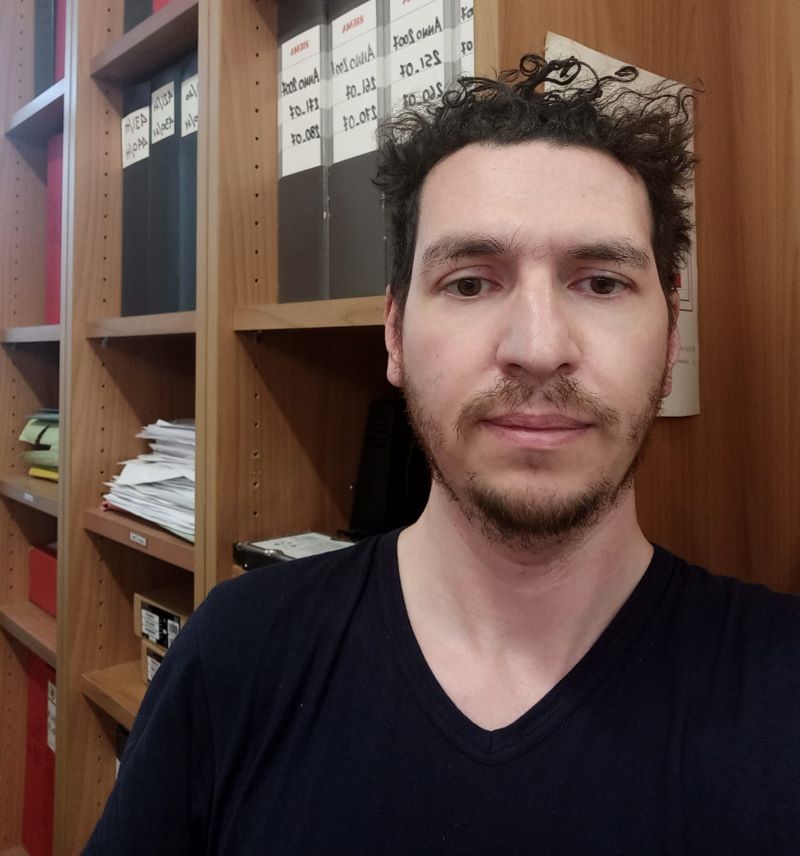Changes to Italian law in December 2018 mean that anyone applying for Italian citizenship through marriage or residence (but not ancestry) must now prove they speak the Italian language to B1 level or higher.
A B1 level certification is ‘intermediate’ level and means you are proficient enough in the language to manage everyday interactions, according to the Common European Framework of Reference for Languages (CEFRL).
If you’re already living and working in Italy it’s likely that you’ll speak the language at this level or higher already and the test will be nothing to worry about. However, for the citizenship application the government wants official proof of your skills.
For the citizenship application, your B1 level certificate must come from an educational institution approved by the Italian Education Ministry (“MIUR”) or Foreign Ministry (“MAECI”).
That means you’ll need to be certified by one of the following four institutions::
- CILS – The University of Siena for foreigners
- CELI – The University of Perugia for foreigners
- PLIDA – The Dante Alighieri Association
- CERT – The University of Rome 3
If you need to study for the test, many language schools offer preparation courses for the B1 certification. Online courses are also available. These schools will generally then help arrange for you to sit the exam.
Typically, the test takes several hours, depending on the institution and your familiarity with the materials.
It is also possible to take a shorter ‘B1 Cittadinanza’ exam – the difference being that this certifcate can only be used for your citizenship application and not for other purposes.
And, though it is shorter, it may not actually be easier to pass; if you fail on one section you will have to retake the entire test (as opposed to just retaking that section under the standard B1 level tests listed above.)
However if you’re fairly confident of passing and don’t need it for anything else, it may be a more convenient option. Anyone planning to take the test soon should note that language schools may adjust testing procedures due to pandemic-related rules and restrictions.
Once I’ve passed the exam, then what?
Passing the exam will feel good, but you’ve still got some admin to do. Plus, the certificate will usually take around three months to arrive. This does at least give you time to gather the other documents which you’ll need as part of your application, which will vary depending on your route to citizenship.
Many who have been through the process recommend taking the language test as your first step because other documents, such as copies of your marriage certificate, will only be valid for six months from the date of issue while your language certificate will not have an expiry date.
All the documents will need to be scanned and uploaded to the Italian Interior Ministry’s web portal, known as ALI.
To do so you’ll need to register an account at: https://cittadinanza.dlci.interno.it and then submit your application form as well as all the required supporting documents, including your B1 certificate.
Speak to your consulate or see the Interior Ministry’s website (in Italian) for the latest information on the process and requirements when applying for citizenship.




 Please whitelist us to continue reading.
Please whitelist us to continue reading.
Member comments